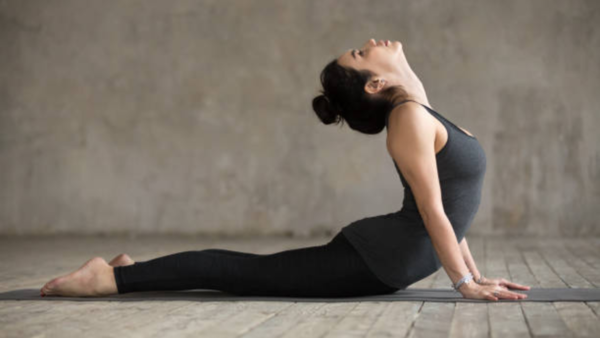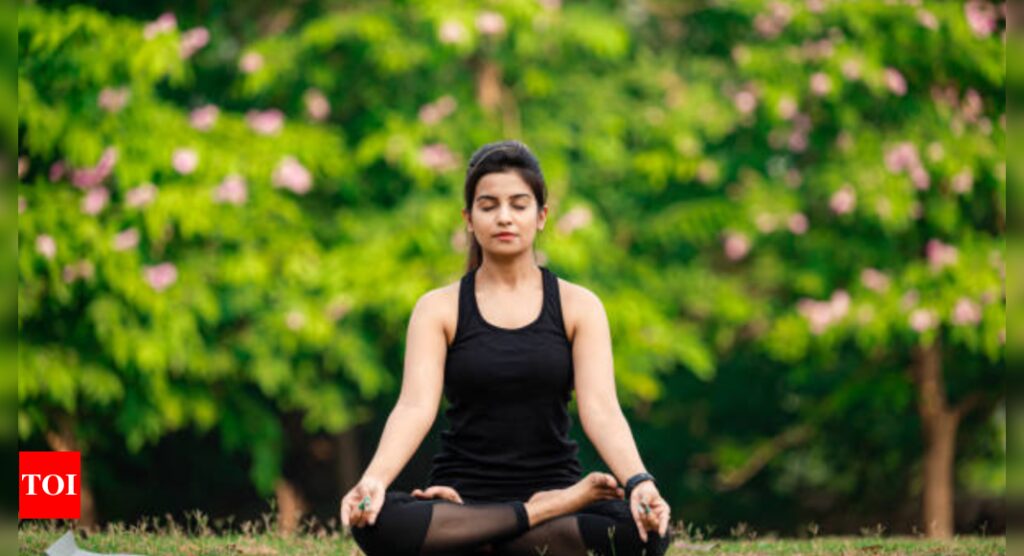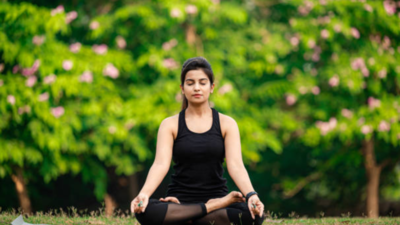Bharat Thakur is a renowned yoga guru, known for his unique approach to the ancient practice through Artistic Yoga, a dynamic system that integrates traditional yoga with modern fitness principles. With a deep foundation in the Himalayan yogic tradition, he has blended asanas, pranayama, and meditation with strength training and cardiovascular exercises to create a holistic practice suited for contemporary lifestyles. His teachings emphasize not just physical transformation but also mental clarity and spiritual growth. In an exclusive interaction with TOI Lifestyle, he talks about how yoga can be integrated in everyday life to get maximum benefits.
1.
What is the best way for someone new to yoga to start their practice?
Yoga is a process of evolution and the beauty is you can begin from wherever you are and progress with a regular practice. However, working on your fitness and good health is the first step. Finding a good yoga school and practicing under the guidance of an able teacher is key. At Artistic Yoga, we recommend three classes a week to beginners.

2.
How do you define yoga beyond the physical postures, and what does it mean to you personally?
When we talk about yoga from the perspective of Patanjali’s Yoga Sutras, the whole discussion starts with the mind. As the yoga sutra states ‘Yogash Chittah Vritti Nirodah’ ~ ‘yoga is the process by which you stop the modifications of the mind.’ As the ancients say body has the mind and mind has the body, to me it is a complete science of transformation.
3. Can you share what a typical day of your yoga practice looks like?
My day starts with meditation between 4 to 6 a.m. which is the best time to dive into consciousness and explore the quietude of nature. This is followed by noting down insights or what I call mapping my consciousness journey. I also practice some physical yoga before I get into painting or sculpting which to me are also a form of meditation.
4. Are there any rules and regulations that one must follow while practicing yoga?
The rules are simple. Practice on an empty stomach or keep a gap of minimum 2 hours between your meal and practice. Practice in a well-ventilated room and schedule a fixed time for your practice.
5. What is the right time to do yoga? And can Yoga help reverse lifestyle diseases?
Yoga can be practiced at any time of the day and the effects observed on the body and breath will vary accordingly. Lifestyle diseases can definitely be helped with yoga as it synchronizes the body and breath, positively impacting the nervous system, cardiovascular system and the entire endocrine system.
6. Doing yoga for how long can bring about weight loss and which are the best asanas for it
The journey to weight loss can be as short as 3 months or in some cases about 6 months. Though practitioners start seeing a difference within the first month itself in our classes, sustainable weight loss requires a more consistent practice. Some of the asanas I would recommend for weight loss are Uttkatasana, Naukasana, Santolansana, Bhujangasana, Paschimottasana along with Kriyas (cleansing breathing techniques) and Bandhas (neuromuscular locks).
7. Can Yoga help in building muscles?
Yes, research has shown that yoga can improve muscle mass and bone density while chiseling away the excess fat from the body.
8. How can yoga be used as a tool to manage stress, anxiety, and depression?
What makes yoga particularly effective for mental health is its holistic approach. It’s not just about the time on your mat; it’s about developing awareness that carries into daily life. You begin to notice when you’re holding tension, when your breathing becomes shallow, when your thoughts are spiraling. This awareness becomes your first line of defense against stress and anxiety. In cases of depression, yoga is shown to help practitioners to break away from negative thought patterns, better adapt to situations and build healthier relationships which makes them happier.
9. How does yoga contribute to building strength and flexibility compared to other forms of exercise?
Yoga is unique in simultaneously developing strength and flexibility in addition to endurance, balance and mobility. Unlike conventional exercise, yoga creates functional strength while maintaining joint mobility. The emphasis on breath and movement enhances muscle engagement and nervous system adaptation. Research shows yoga practitioners develop better joint stability, and overall mind-body awareness compared to traditional strength training.
10. What are some simple yoga practices or techniques that busy individuals can incorporate into their daily routines?
A simple practice of 10 Surya Namaskars, 4-5 times a week along with some 10-15 minutes of deep breathing can work dir individuals who are very busy. However with yoga now being offered online, classes are a lot more accessible. I would recommend signing up for a more effective practice.
11. What is the significance of pranayama (breath control) in yoga, and how does it influence energy levels and focus?
Pranayama is more than breath control or regulation. Breath after all is a subtle and vital connection with the cosmos. When you explore Swara Yoga, you come to understand there is a larger pranic system at play here with 72,000 nadis (energy channels). Pranayama directly influences our nervous system, mental clarity, and vital energy. Regular practice improves oxygen uptake, reduces stress, enhances concentration, and balances emotional states. Conscious breathing can transform your energy levels and mental focus. It’s the bridge between body and mind.


